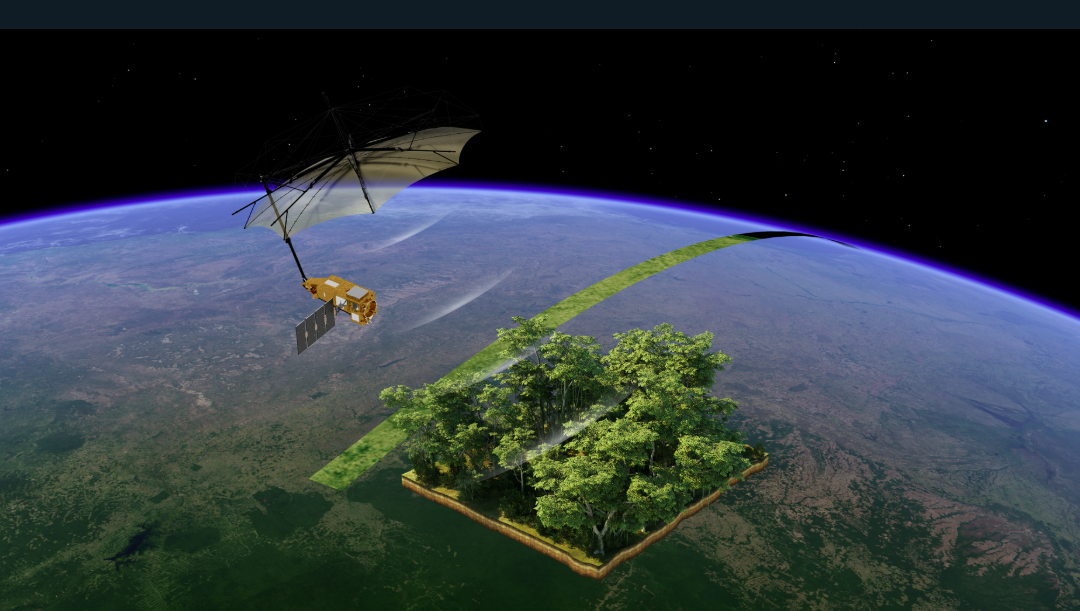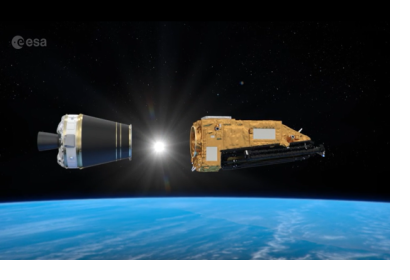The European Space Agency (ESA) successfully launched its flagship Biomass satellite on 29 April 2025 at 06:15 local time (11:15 CEST) from Europe’s Spaceport in Kourou, French Guiana, aboard a Vega-C rocket. Developed by Airbus Defence and Space, the satellite separated from the launch vehicle under an hour after liftoff. Shortly thereafter, ESA's operations center in Germany received the first signal from Biomass, transmitted via a ground station in Antarctica, confirming its healthy status in orbit.
Biomass marks a major milestone in ESA’s Earth Explorer program and is set to operate for at least five years. Equipped with the first-ever spaceborne P-band synthetic aperture radar, the mission will deliver highly detailed, global-scale maps of forest biomass by penetrating forest canopies to assess woody structures—trunks, branches, and stems—where the majority of carbon is stored. With a wavelength of about 70 cm, the radar can capture detailed interferometric images, even in dense forests.

This data is crucial for improving our understanding of the global carbon cycle, especially as forests absorb around 8 billion metric tons of CO₂ annually but face severe threats from deforestation and degradation. By tracking changes in carbon stocks across tropical, temperate, and boreal forests, Biomass will help reduce uncertainties in climate models and support better land-use and conservation policies.
The launch vehicle, Vega-C, is an enhanced version of ESA’s Vega rocket family, offering increased performance, larger payload capacity, and improved cost-effectiveness. Over 50 companies across 20 countries contributed to the satellite’s development. ESA teams are currently guiding the satellite through its commissioning phase, which includes deploying its large radar reflector and calibrating instruments with ground support in Australia.
Image rights: ESA. Read original article here: ESA - Biomass launched to count forest carbon

